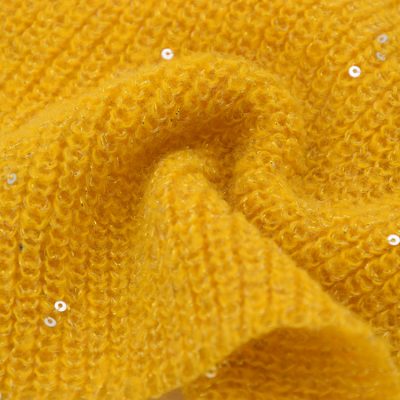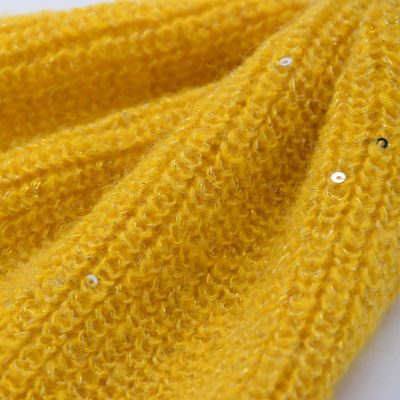What is mercerizing
Cotton products (yarns, fabrics) are treated with concentrated caustic soda solution under tension, and then the caustic soda is washed away under tension.
1. The purpose of mercerizing
1. Increased gloss and brightness after mercerizing;
2. The adsorption capacity and chemical reaction capacity are enhanced, and the color yield of dyes is improved;
3. Shrinkage rate, dimensional stability, and fabric flatness improved;
4. Mechanical properties such as strength and extensibility have been changed.
Second, the mercerizing process
Classified by process:
1. First bleaching and then silk: Good mercerizing effect, relatively clean waste alkali, but poor whiteness, easy to stain, suitable for colored fabrics, especially heavy fabrics.
2. Silk first and then bleaching: Good whiteness, but poor gloss, the fabric is easily damaged during bleaching, suitable for bleached cloth and printed cloth.
3. Mercerizing after dyeing: Suitable for varieties that are easy to scratch or level dyeing (after mercerizing, the fabric feels hard and dyes faster) when dyeing dark colors in order to improve the surface effect and dye fastness of the fabric, as well as some requirements for gloss For high varieties, mercerizing after dyeing can also be used.
4. Half mercerizing before dyeing, regular mercerizing after dyeing: In order to improve the adsorption and chemical reactivity of the dye.
3. Evaluation of mercerizing effect
1. Luster: one of the main indicators to measure the appearance effect of mercerized fabrics.
It can be measured by variable-angle photometry, polarized light method, etc., but there is no uniform ideal testing method. At present, visual evaluation is mostly used.
2. Observe the changes of fiber morphology by microsection
3. Adsorption performance
(1) Barium value method: It is a common method to test the mercerizing effect. The barium value is large and the mercerizing effect is good. Cotton cloth barium value=100, barium value>150 means full mercerization, generally 135~150.
(2) Iodine absorption method
(3) Iodine staining and staining test method: samples with different barium values (100~160) are treated with a certain concentration of iodine solution h or direct blue 2B dye solution to make a color card, and then the iodine of the unknown sample is stained The staining and dyeing depth are compared with the color chart, and the mercerized barium value is quantitatively evaluated.
4. Dimensional stability: The mechanical shrinkage method or immersion shrinkage method is used to measure the change of fabric length before and after treatment, and the shrinkage rate is calculated by the formula. Generally, the warp shrinkage rate is often greater than the weft direction, but some varieties with higher warp density produce negative shrinkage rate ( Increased door width).
























